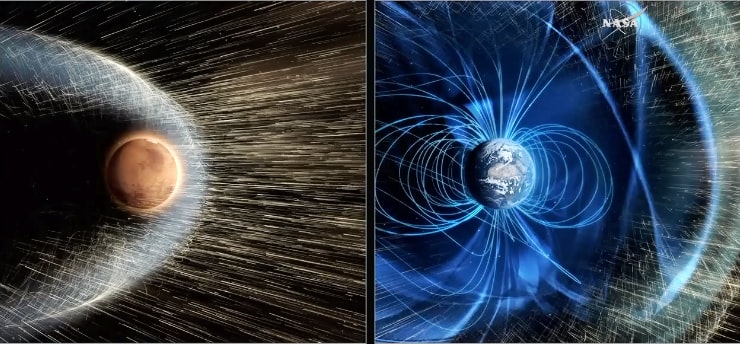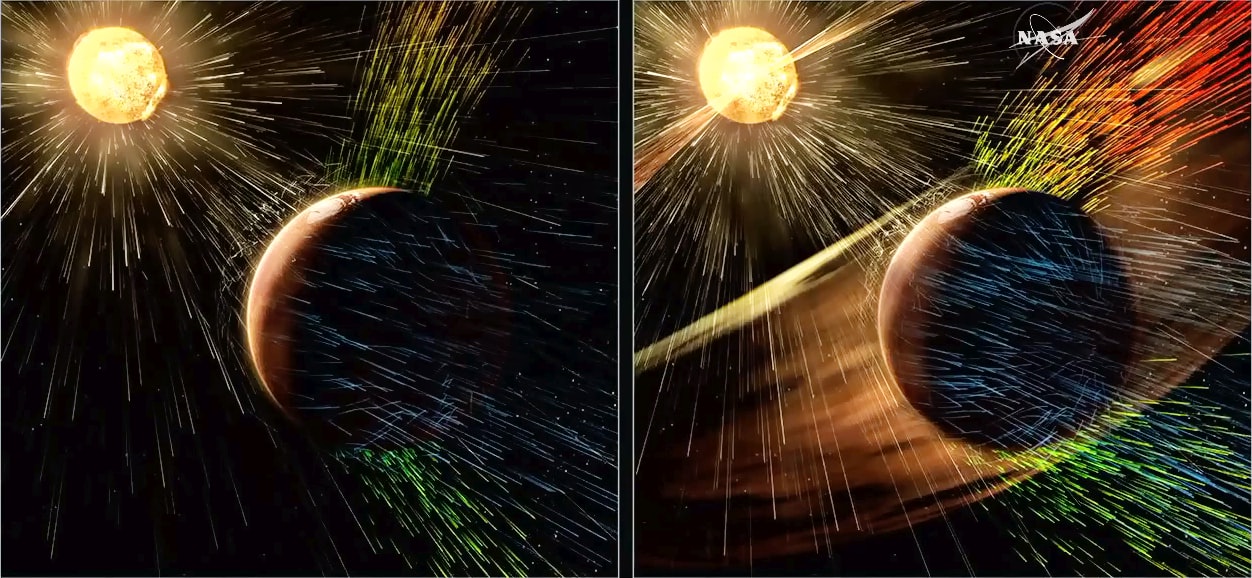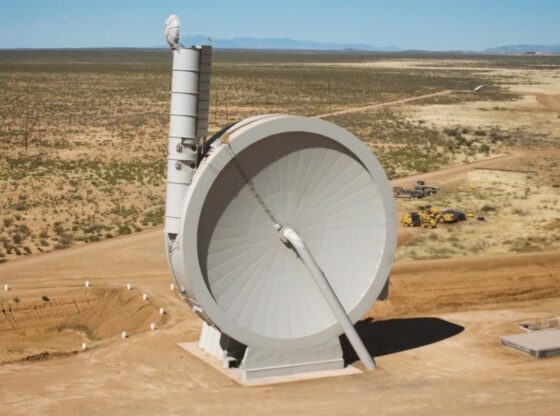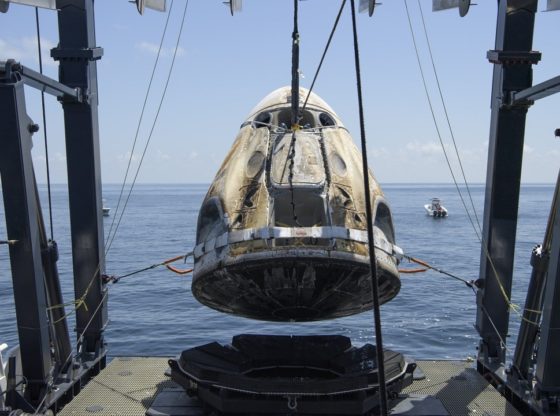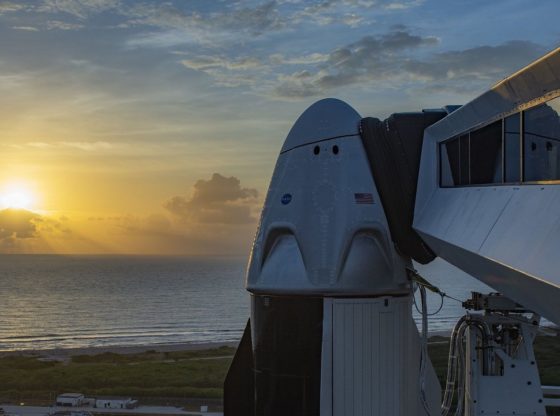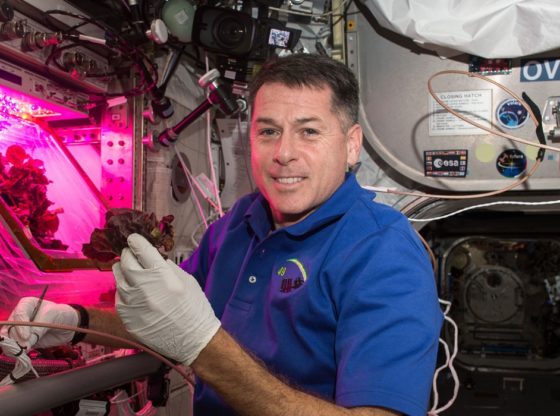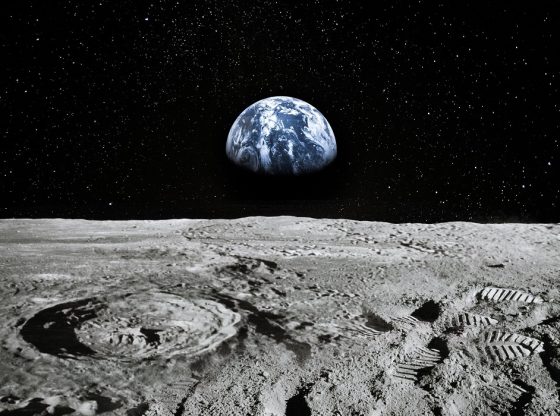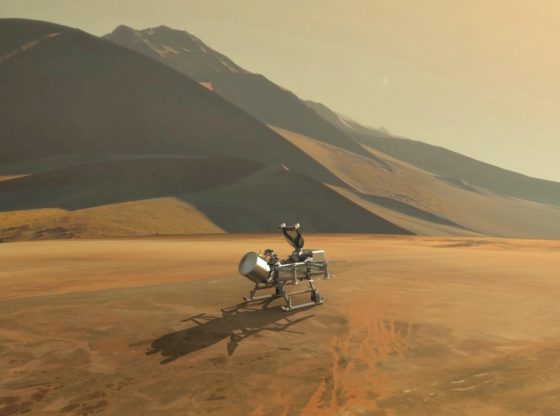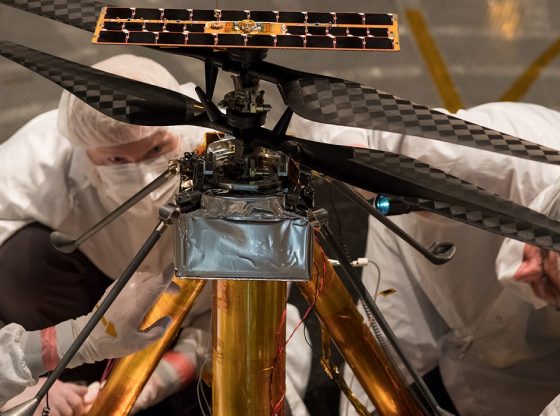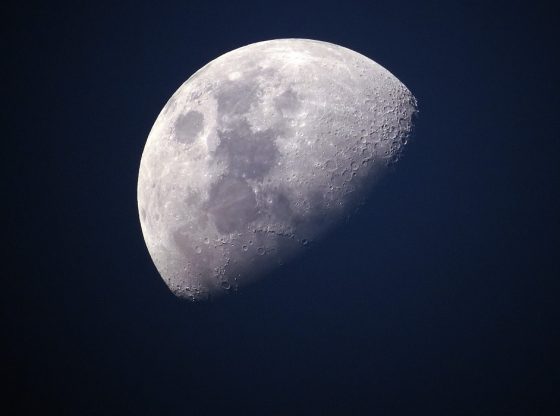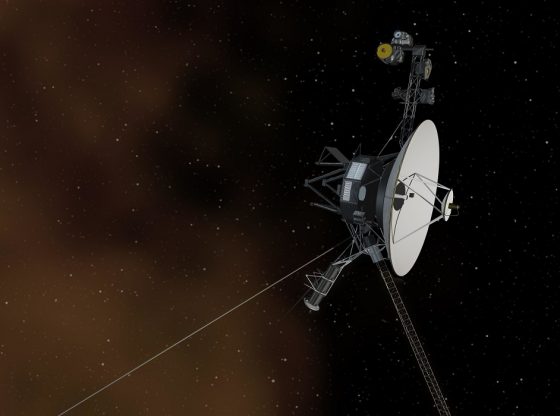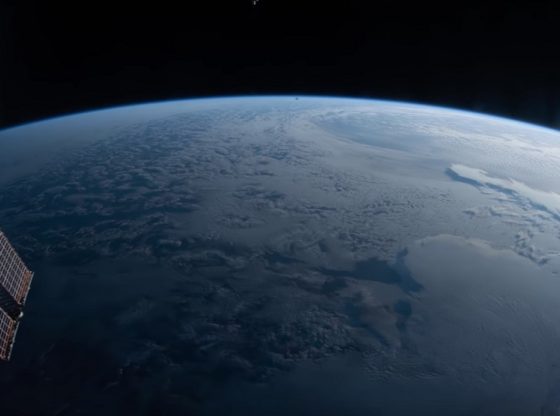Do you dream of going to Mars? According to a new study, it might be a good idea to rethink.
It is far from certain that humans can travel the 225 million kilometers through our solar system to Mars and back beyond the protective shielding of Earth’s magnetic field – without suffering from extensive damage caused by radiation.
A new study done by researchers at the University of California in the United States shows that the amount of cosmic radiation that astronauts are exposed to on Mars, with its weak magnetic field and thin atmosphere could cause a number of serious cognitive side effects such as brain damage, memory loss, and dementia.
Long-term effects
The study results are based on brain scans of mice, and the evidence gives credence to another study conducted last year that showed how long journeys in space could cause damage to the brain in the short term.
But unlike that study, the researchers in this new study concluded that astronauts could also have serious brain damage six months after having returned home – or even longer.
“This is not positive news for astronauts deployed on a two-to-three-year round trip to Mars,” said one of the team, Charles Limoli, a radiation oncology professor at the University of California, Irvine.
“Exposure to these particles can lead to a range of potential central nervous system complications that can occur during and persist long after actual space travel – such as various performance decrements, memory deficits, anxiety, depression, and impaired decision-making,”
“Many of these adverse consequences to cognition may continue and progress throughout life,” he said.
Earth’s magnetic field and atmosphere protect us from the sun’s harmful rays and particle eruptions. But that protection ends in outer space. The solution would be artificial protection on a spacecraft or at the location of another celestial object that – which itself lacks a strong enough magnetic shield.
Since dense objects and materials shield from radiation, these would be the obvious choice if it were not for the fact that they also need to be shot into space and the heavier – the more expensive. There is research into using artificially-generated magnetic field and new experiments carried out in the UK show that the technology could be made compact enough, and therefore cheap enough, to protect astronauts on flights to the Moon and Mars.
NASA Orion
The Orion Spacecraft is being designed for human deep space exploration in our solar system and radiation is very much a problem that NASA is working on to mitigate.
The present plan for future Orion missions will be to rely on sensors and a special location within the spacecraft.
The Orion will be equipped with a radiation-sensing instrument integrated into the vehicle called the Hybrid Electronic Radiation Assessor, or HERA, to provide a warning if crew members need to take shelter in the case of a radiation event, such as a solar flare.
Then, to protect themselves, astronauts will position themselves in the central part of the crew module largely reserved for storing items they’ll need during flight and create a shelter using the stowage bags on board.
“Our goal is to limit the risk of radiation exposure over an astronaut’s lifetime,” said Kerry Lee, radiation system manager for Orion.
“It’s not likely you’d see acute effects of radiation during a mission or immediately upon return, but we are concerned about long term effects. Our work aims to mitigate risks due to radiation without adding mass to the vehicle.”
The bottom of Orion where the heat shield and service module are attached will also provide more shielding than other areas.
Reference:
Cosmic radiation exposure and persistent cognitive dysfunction

